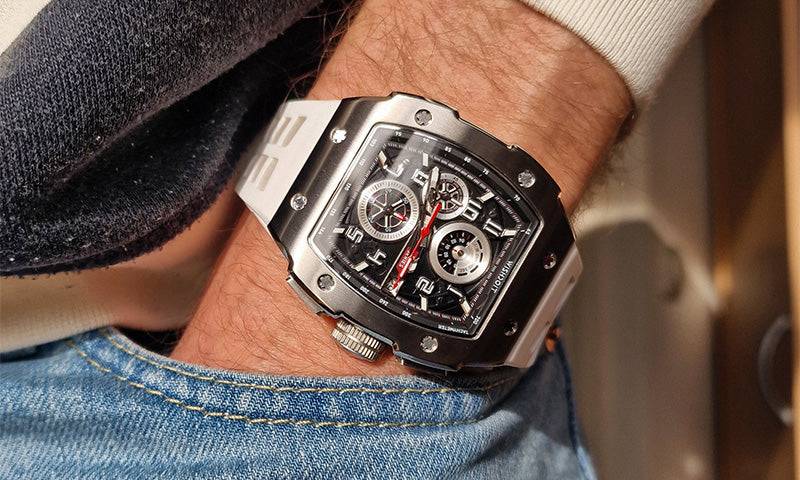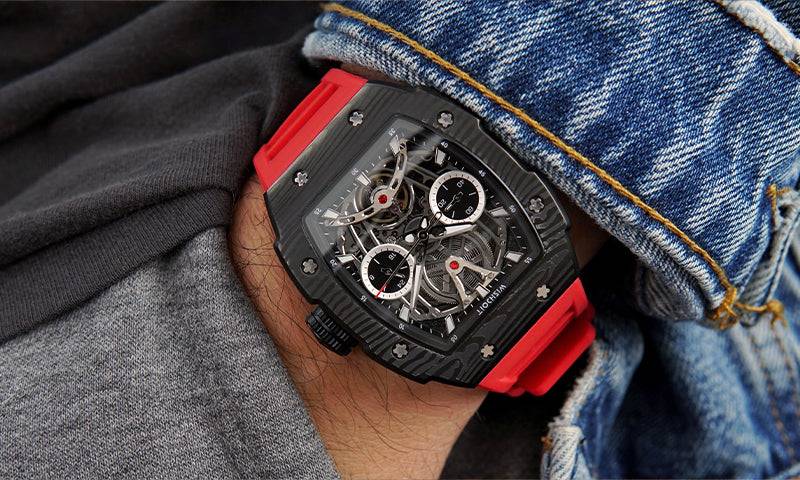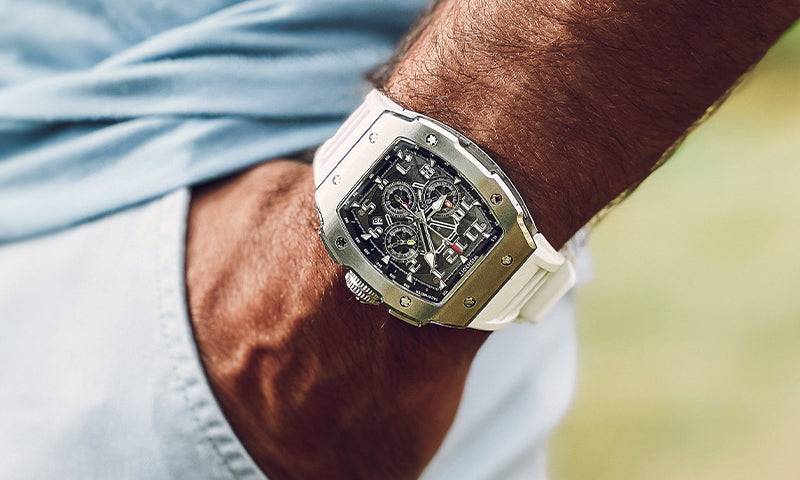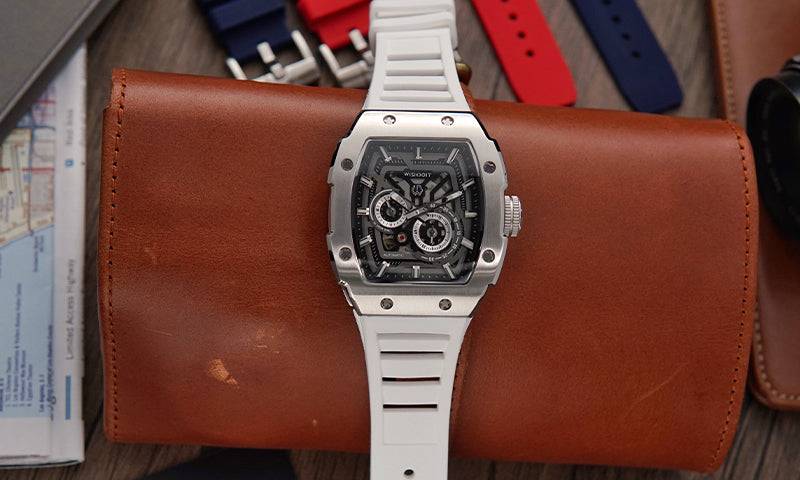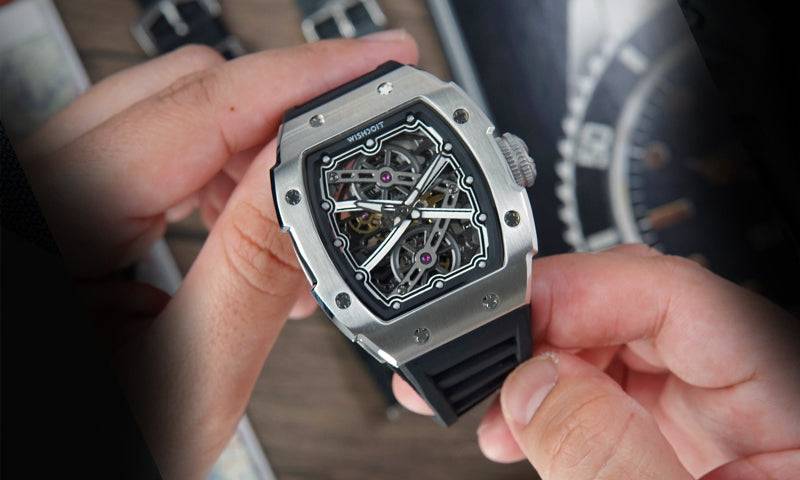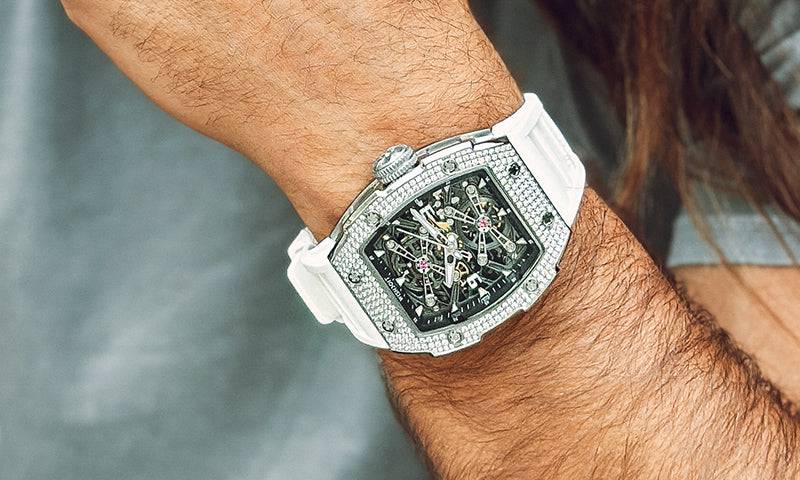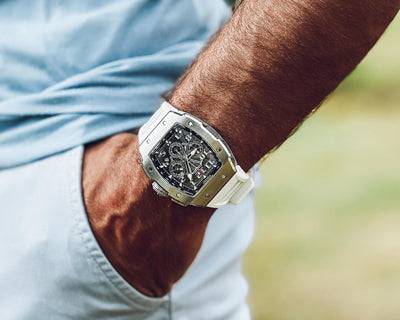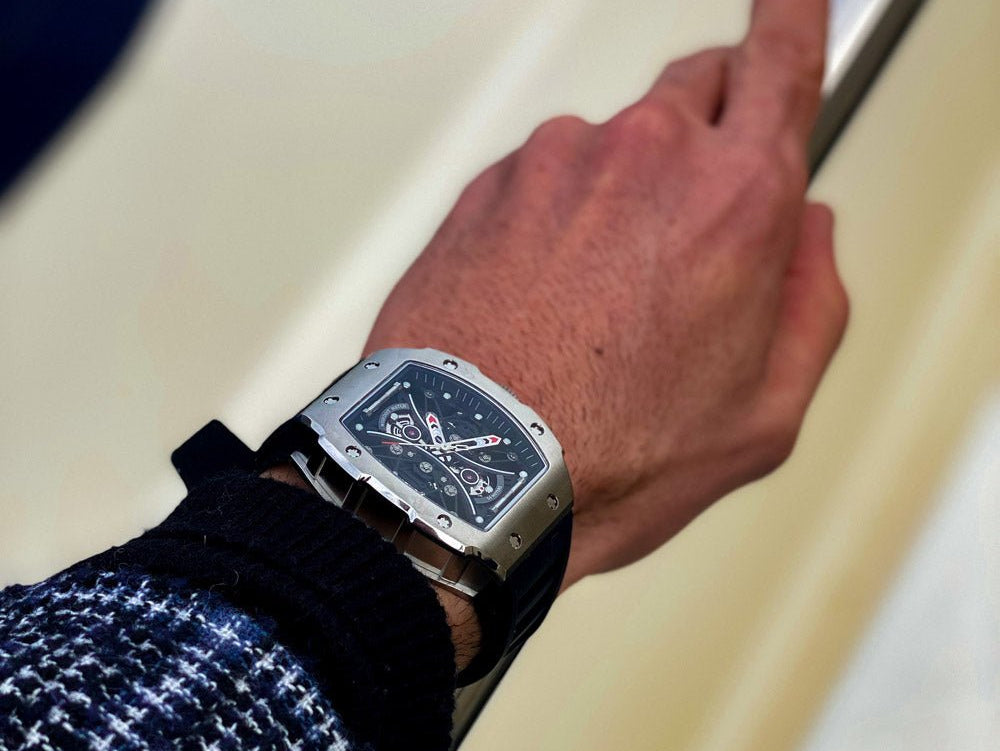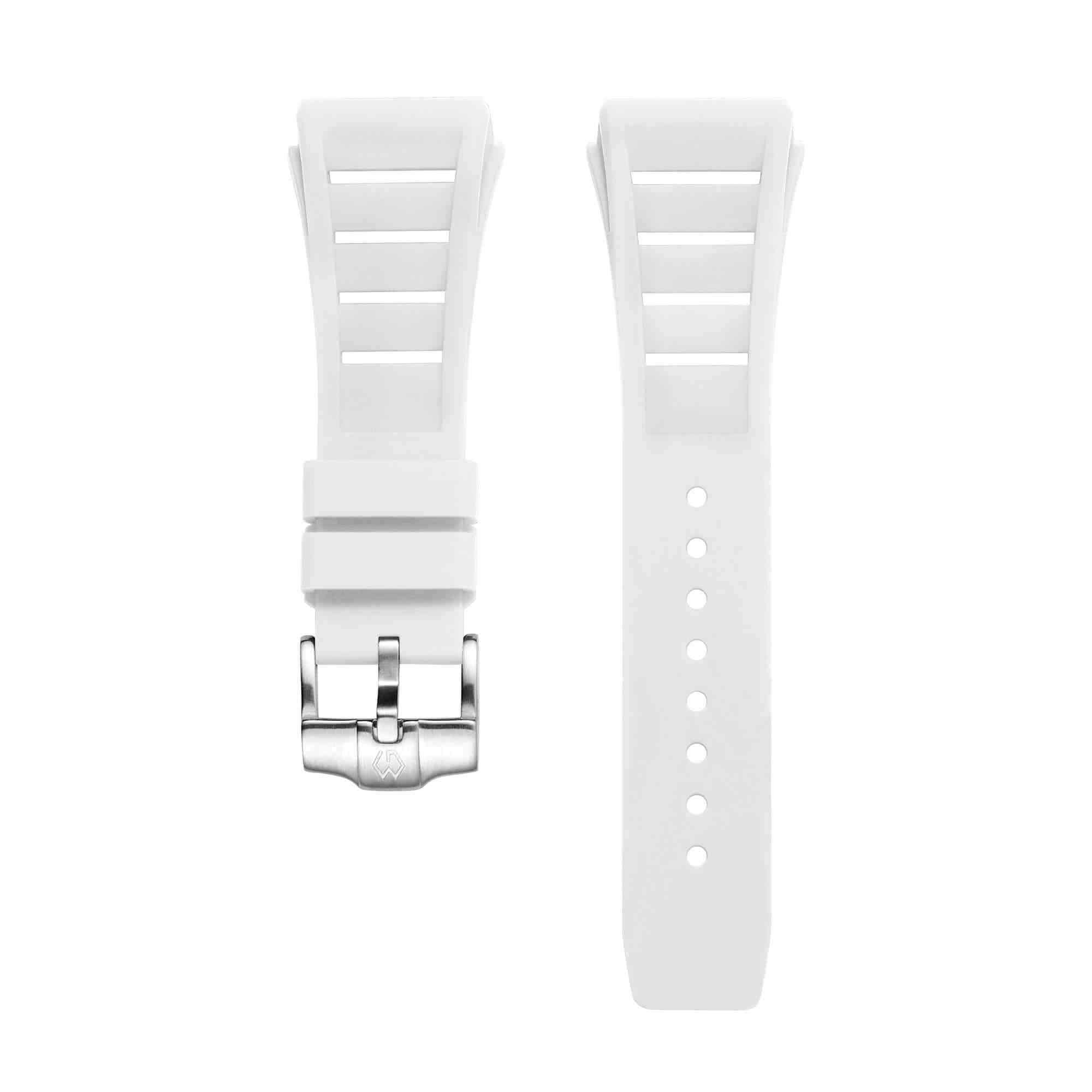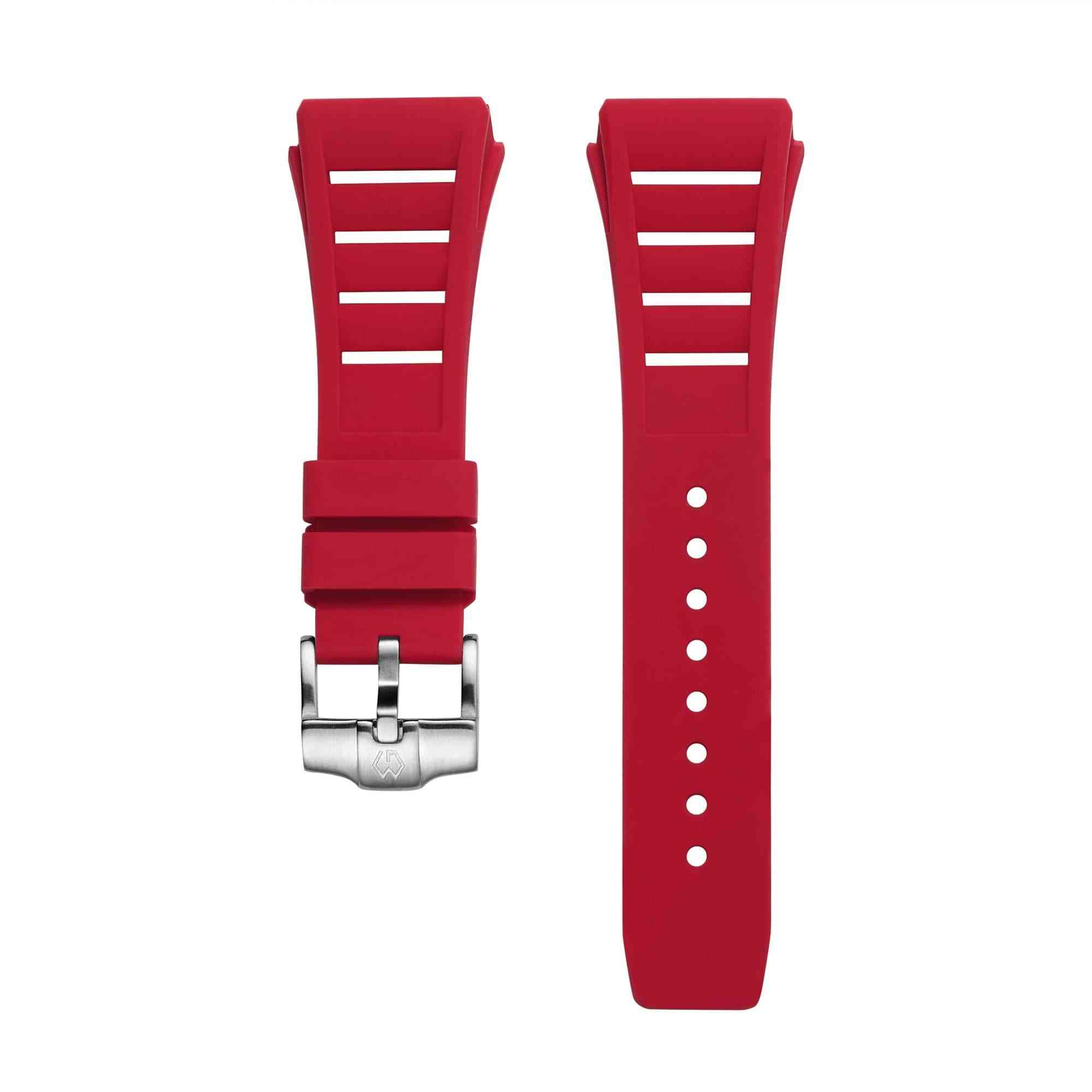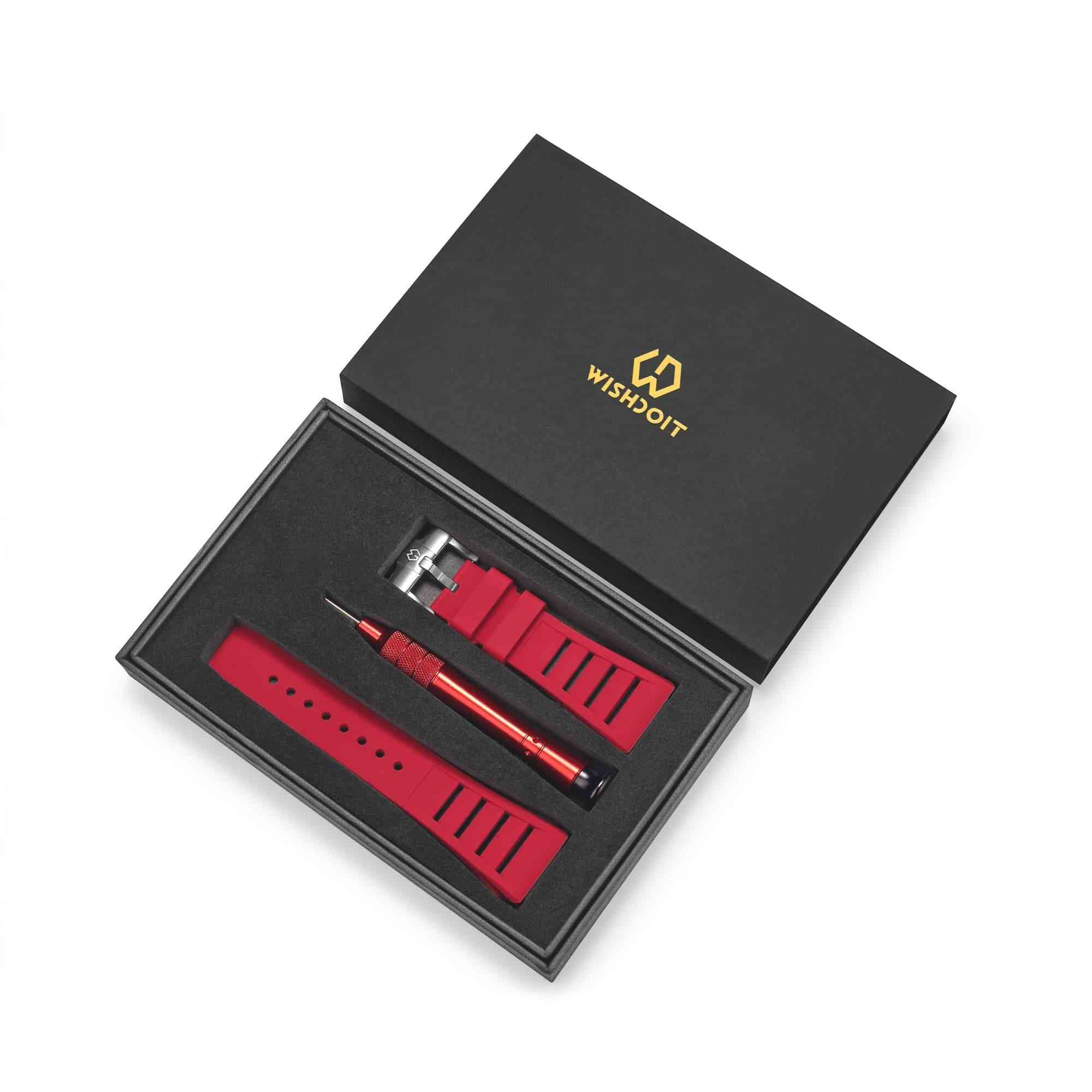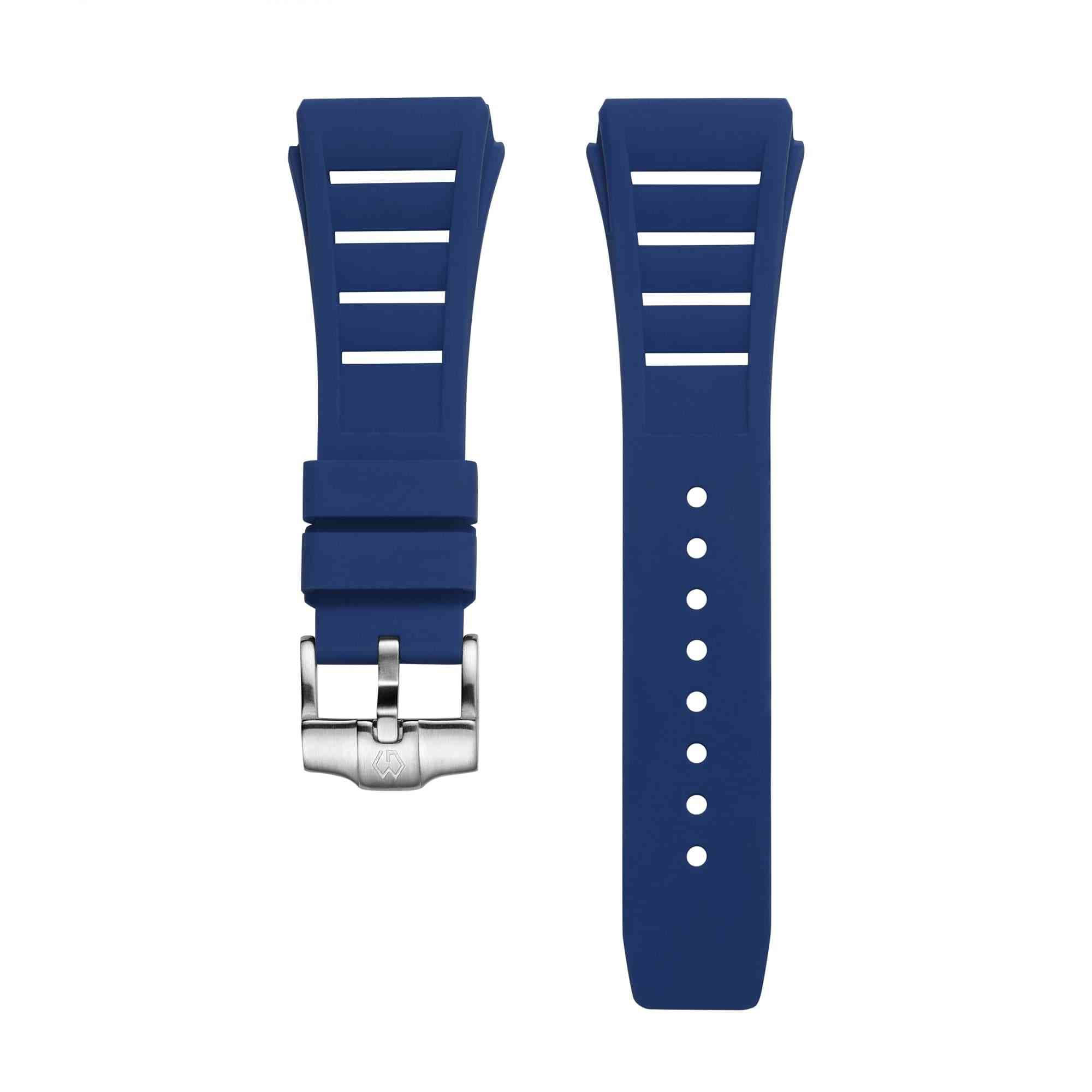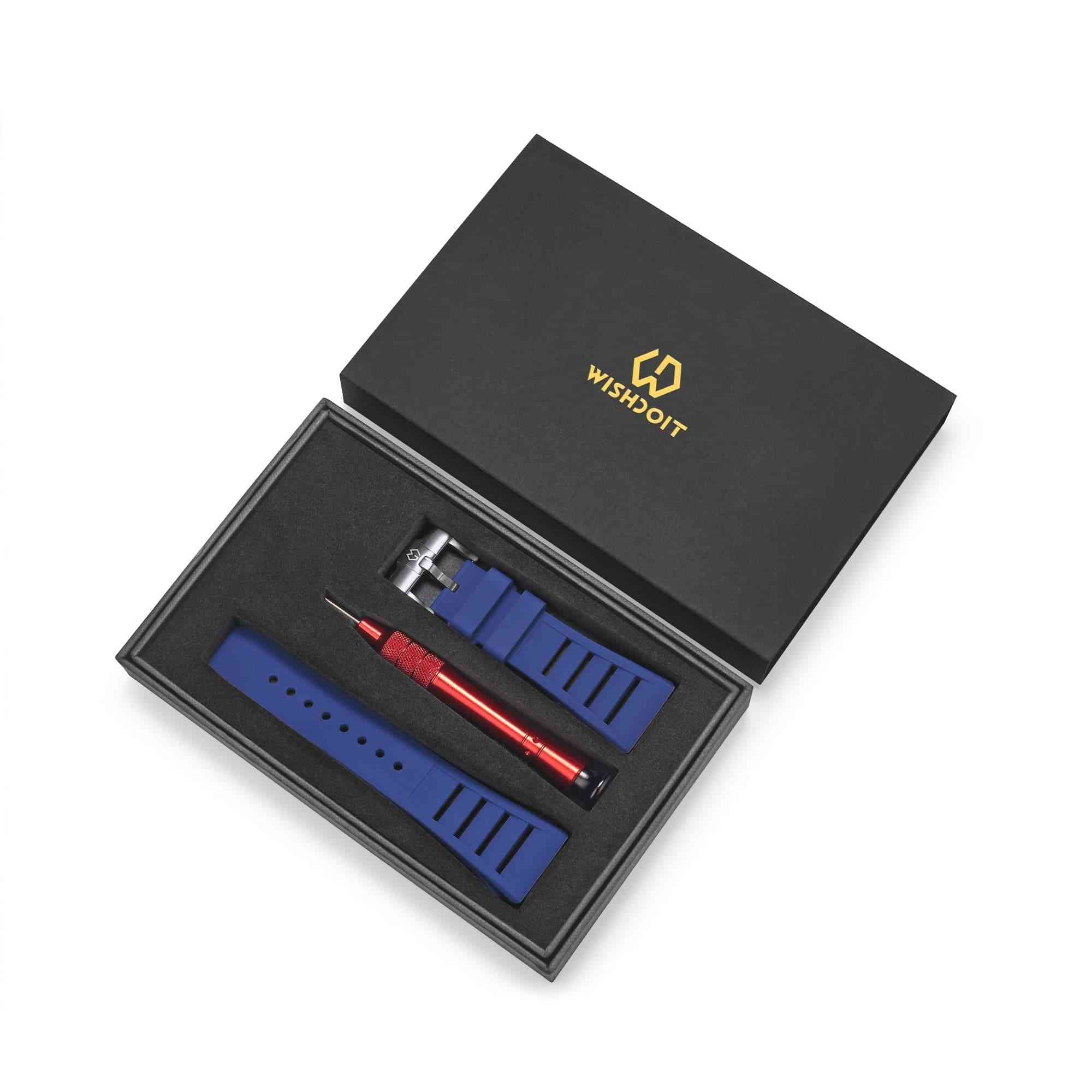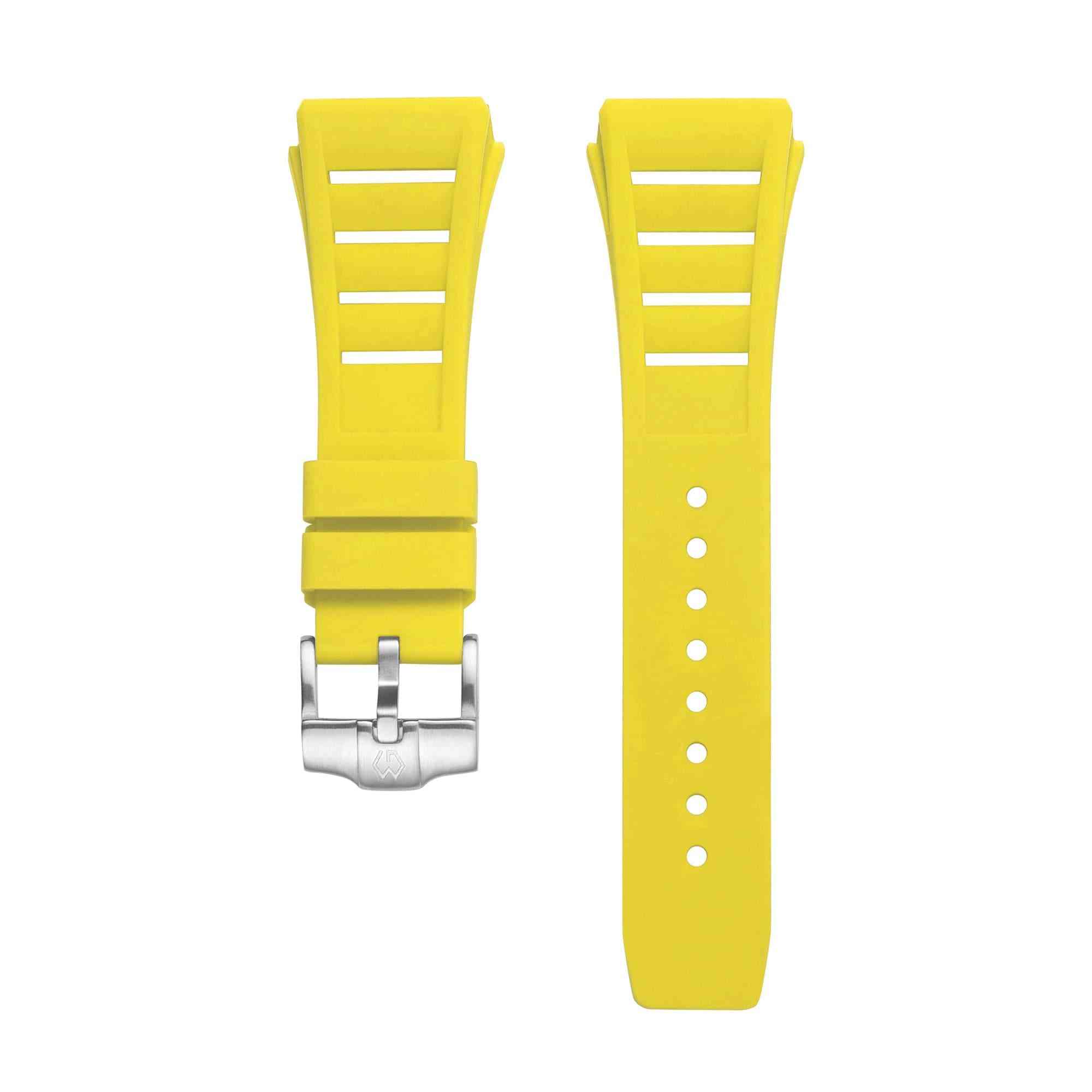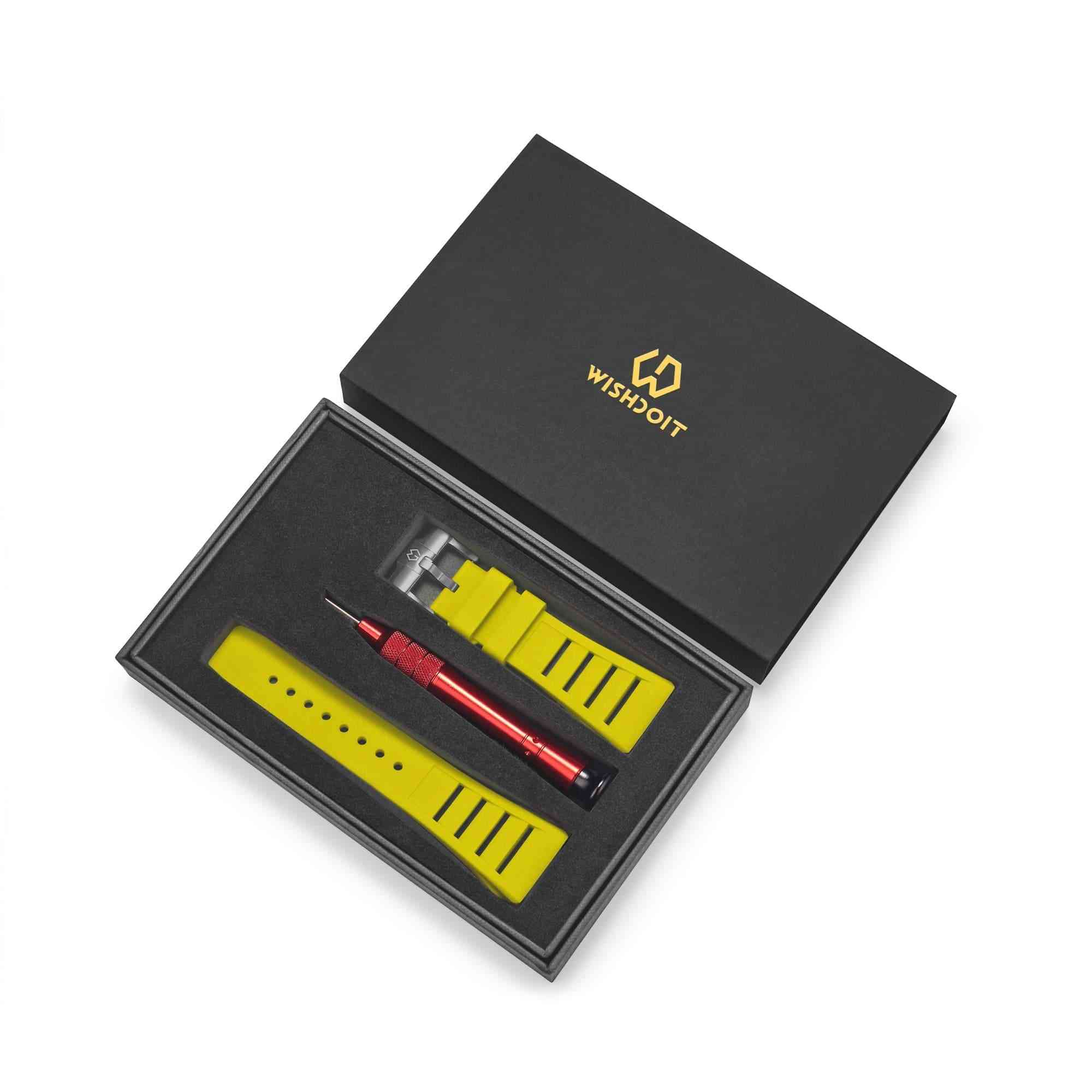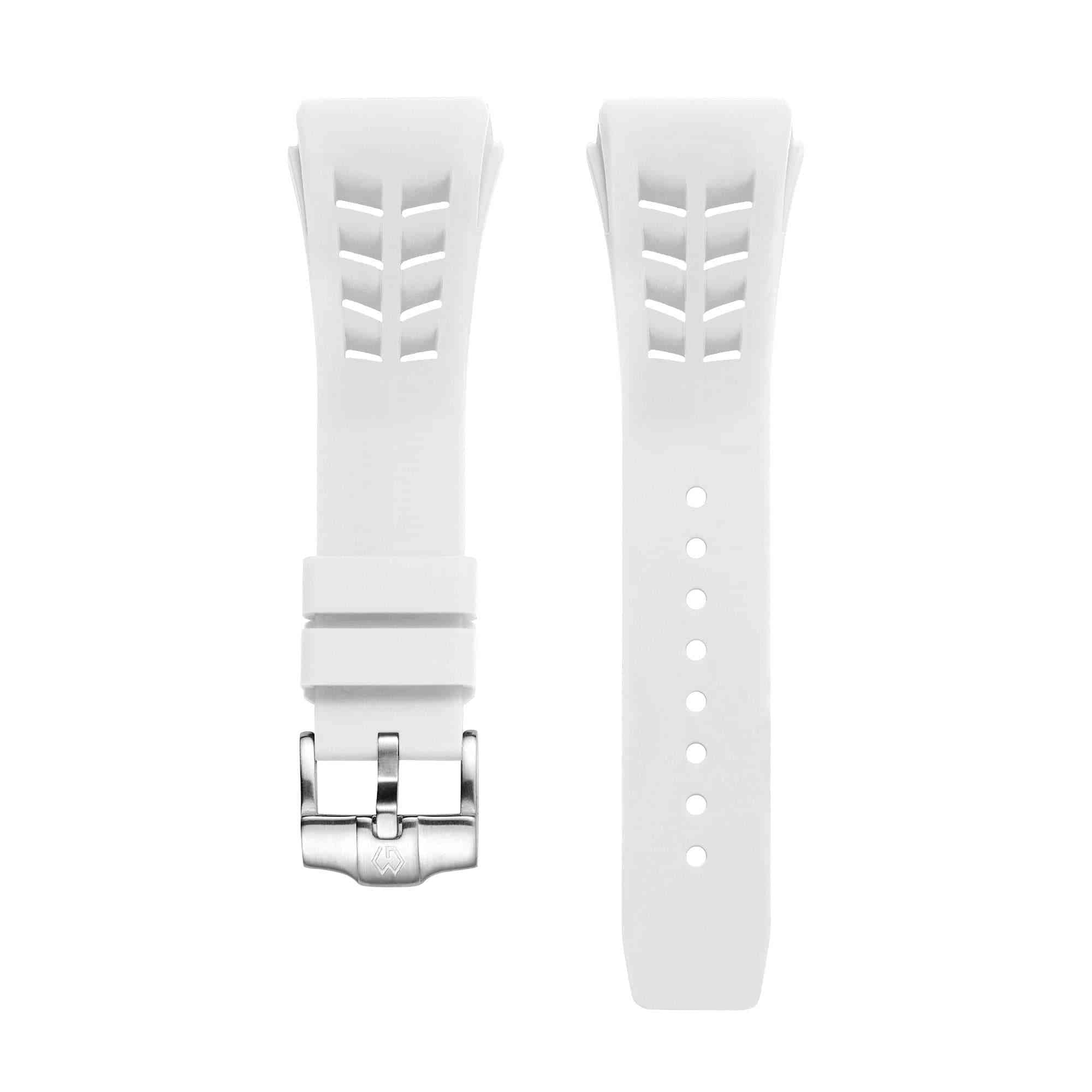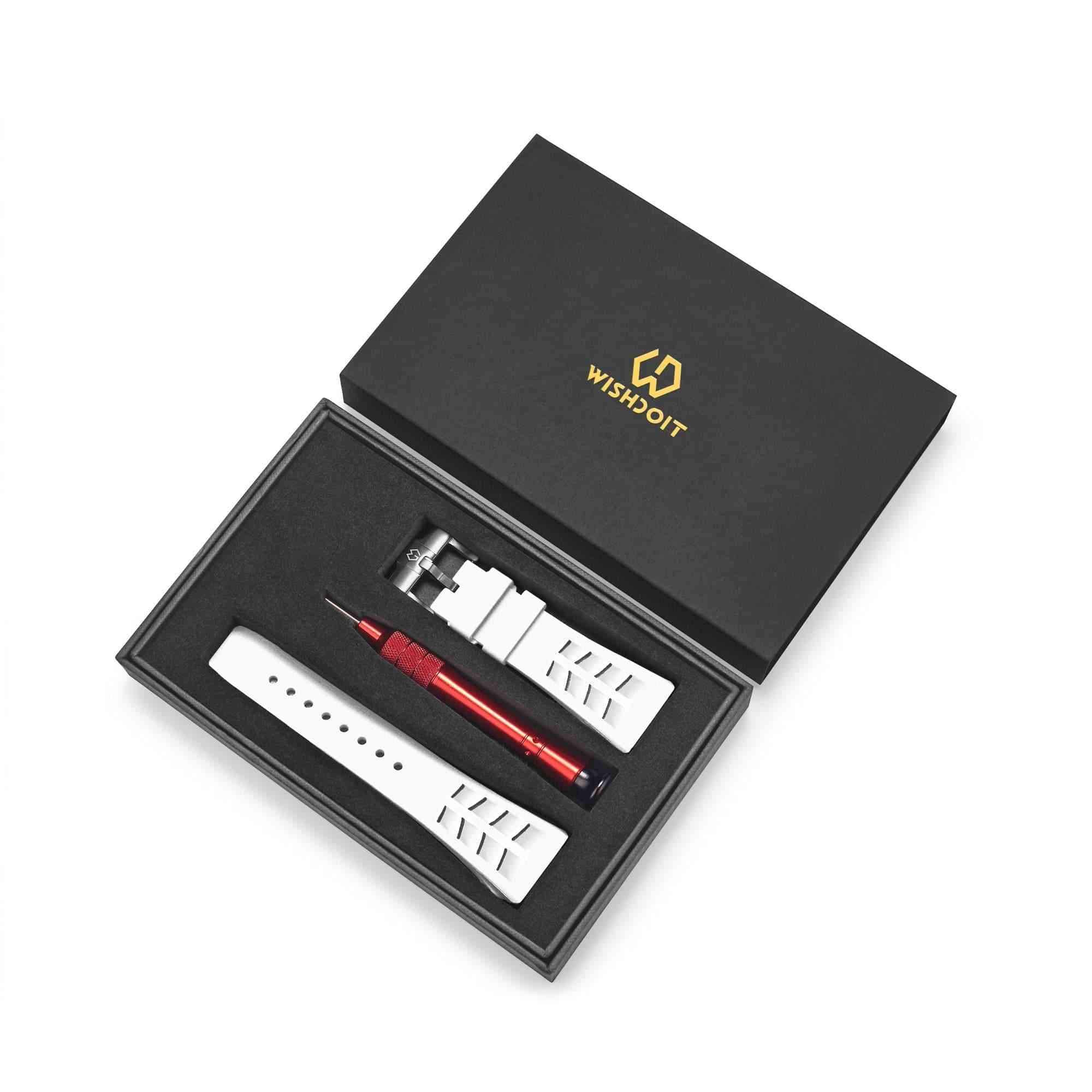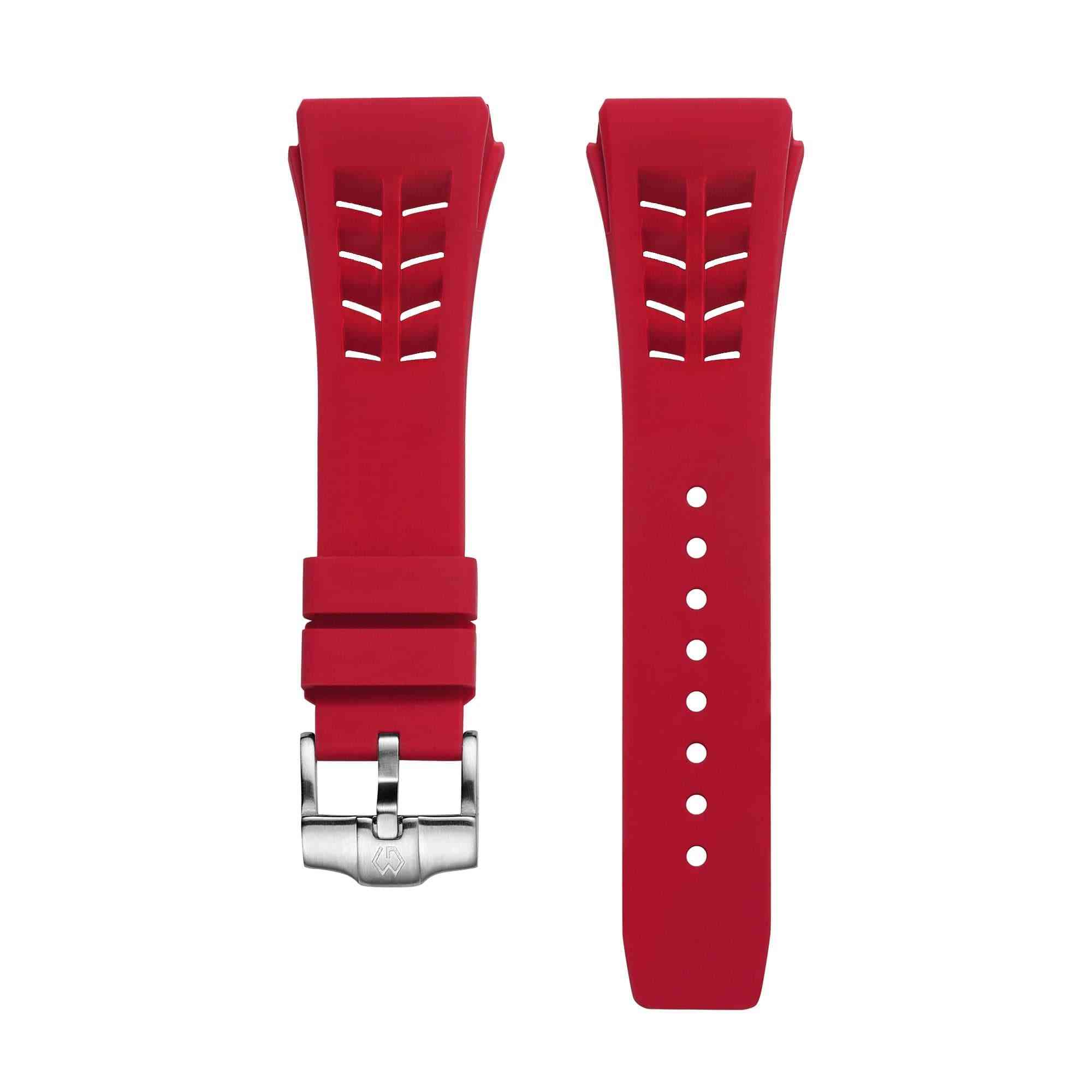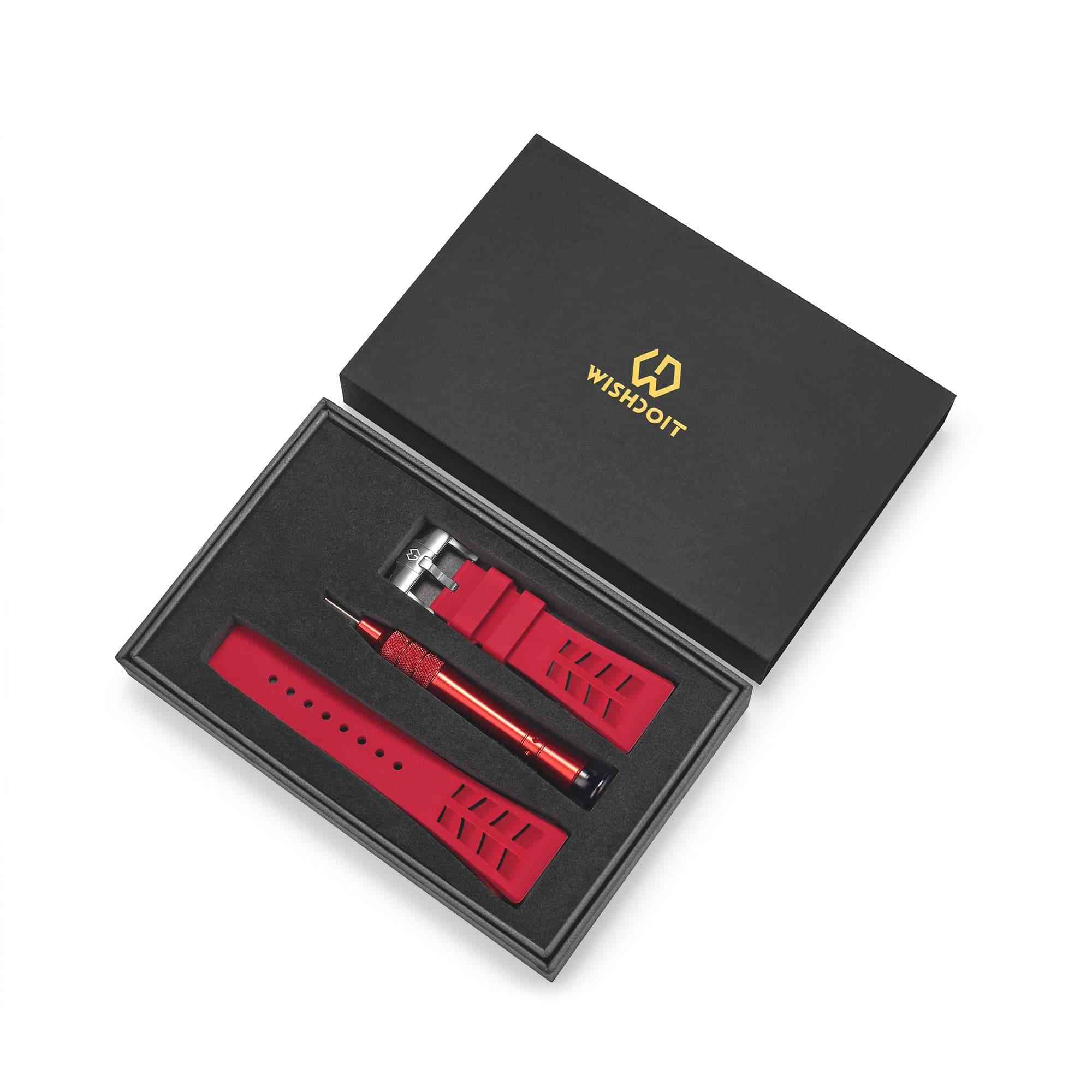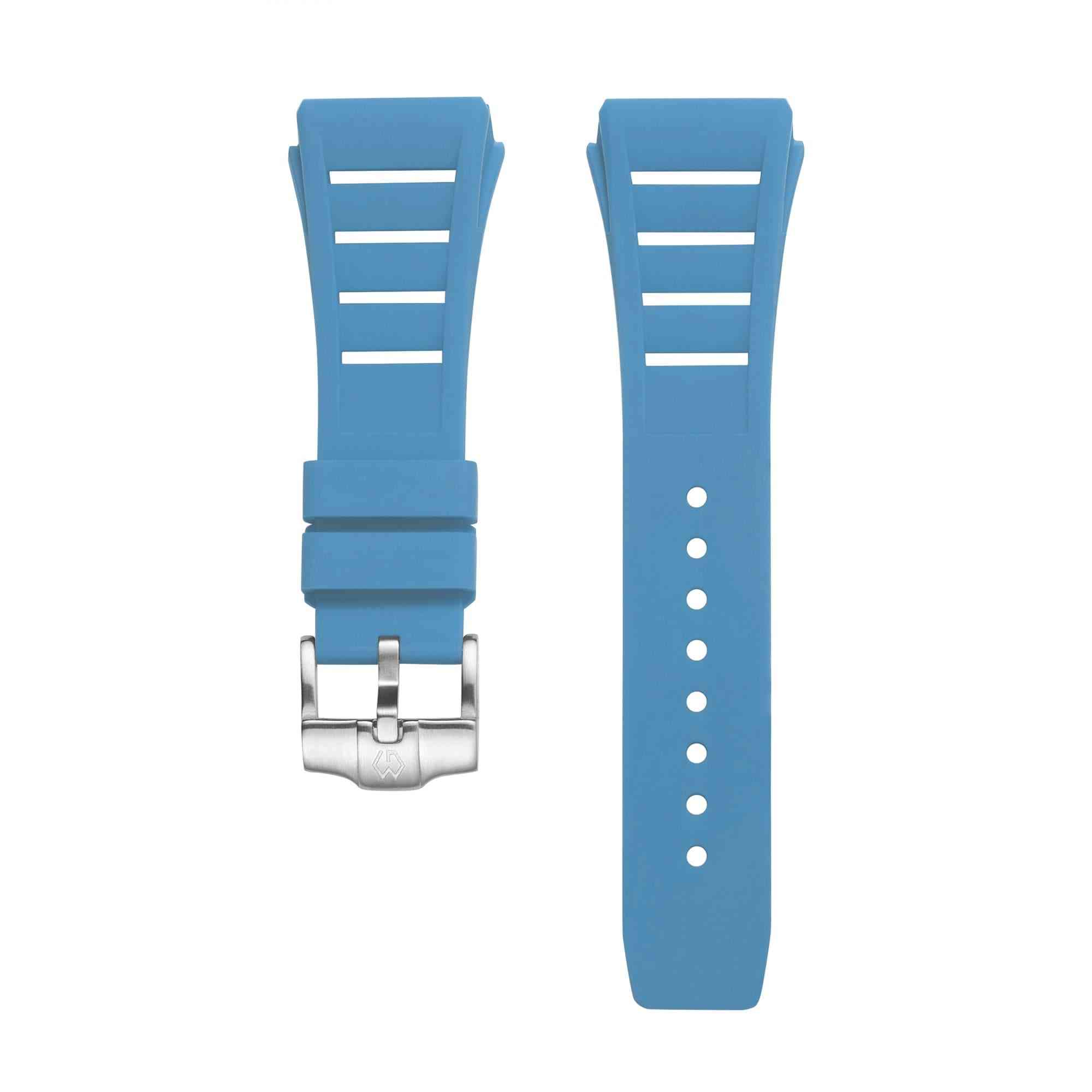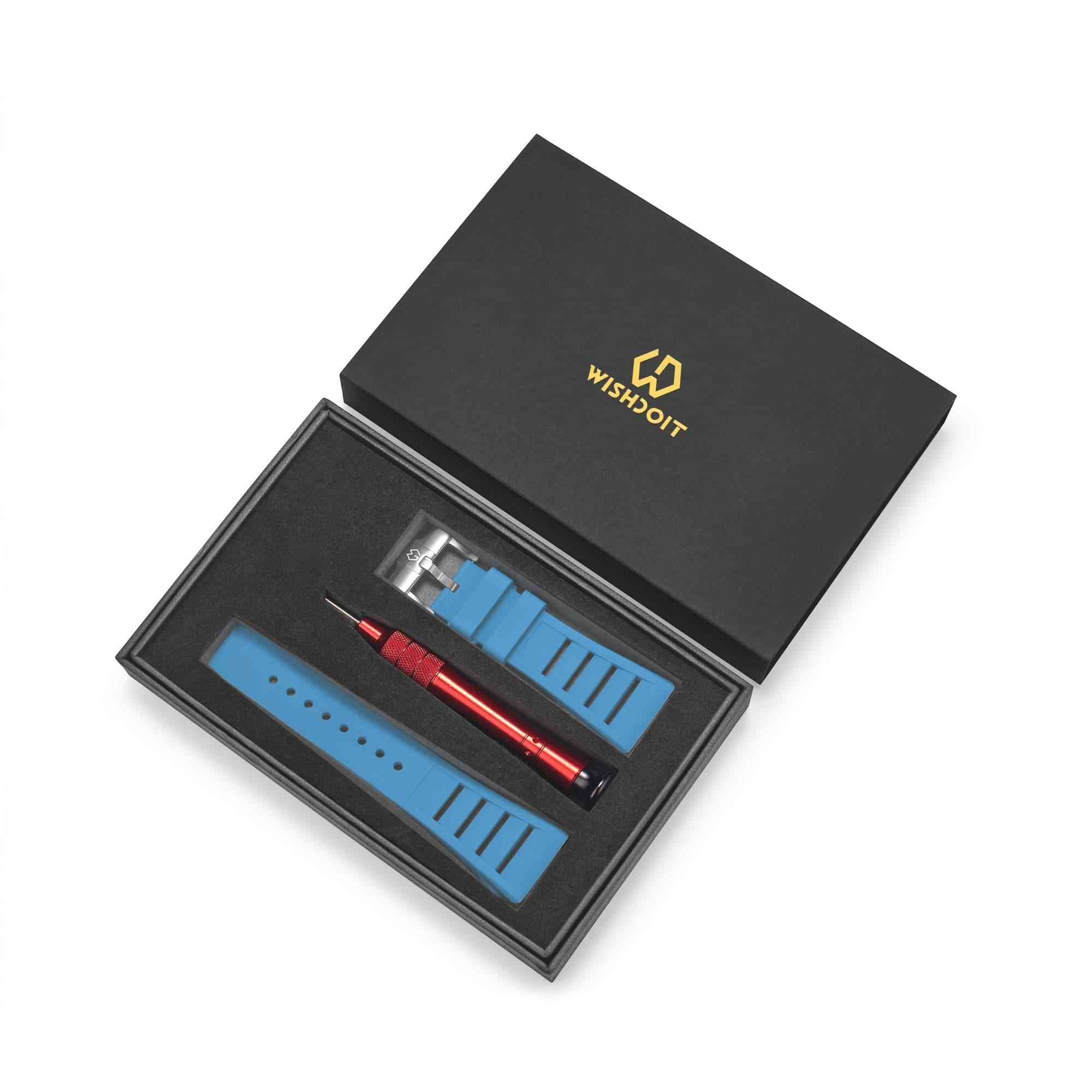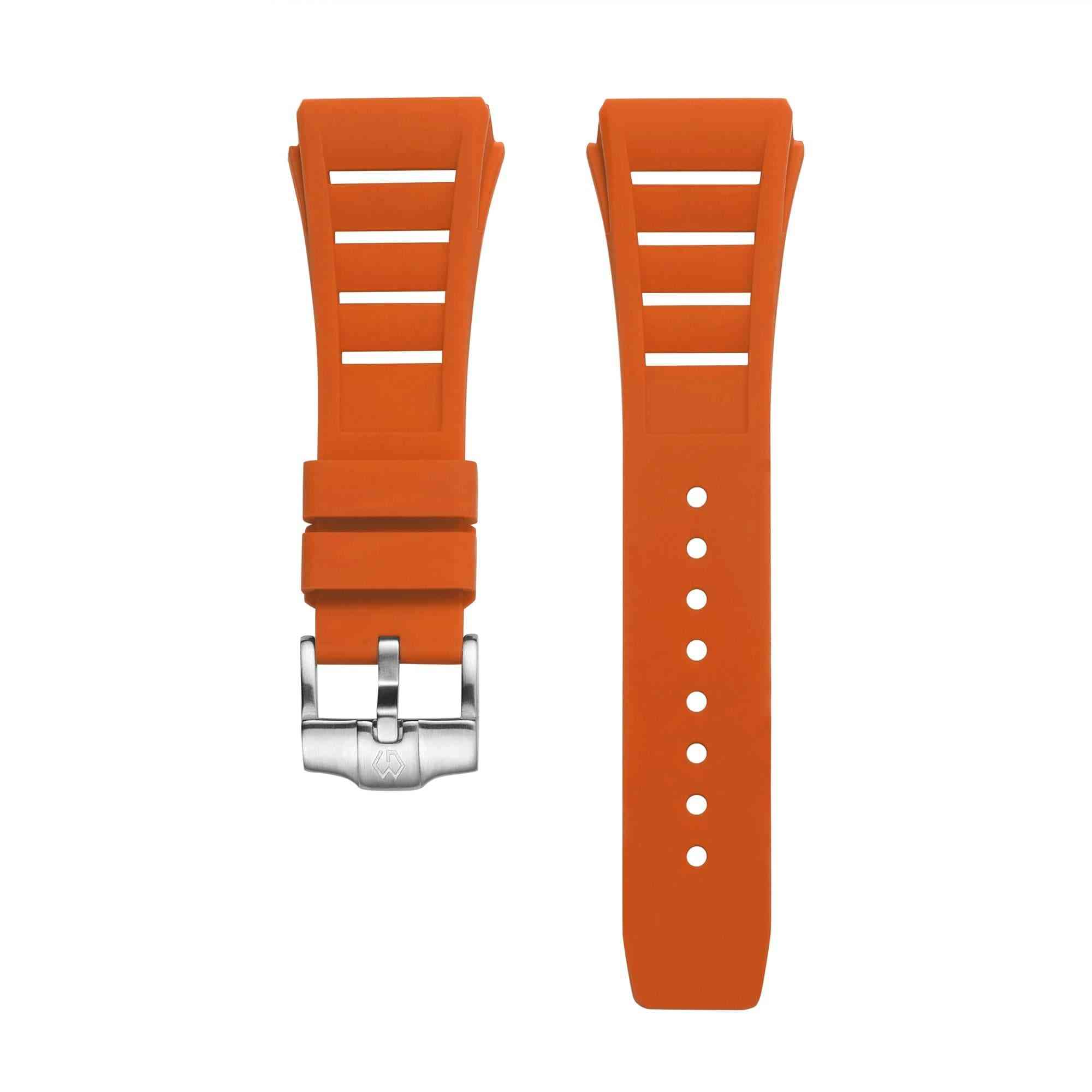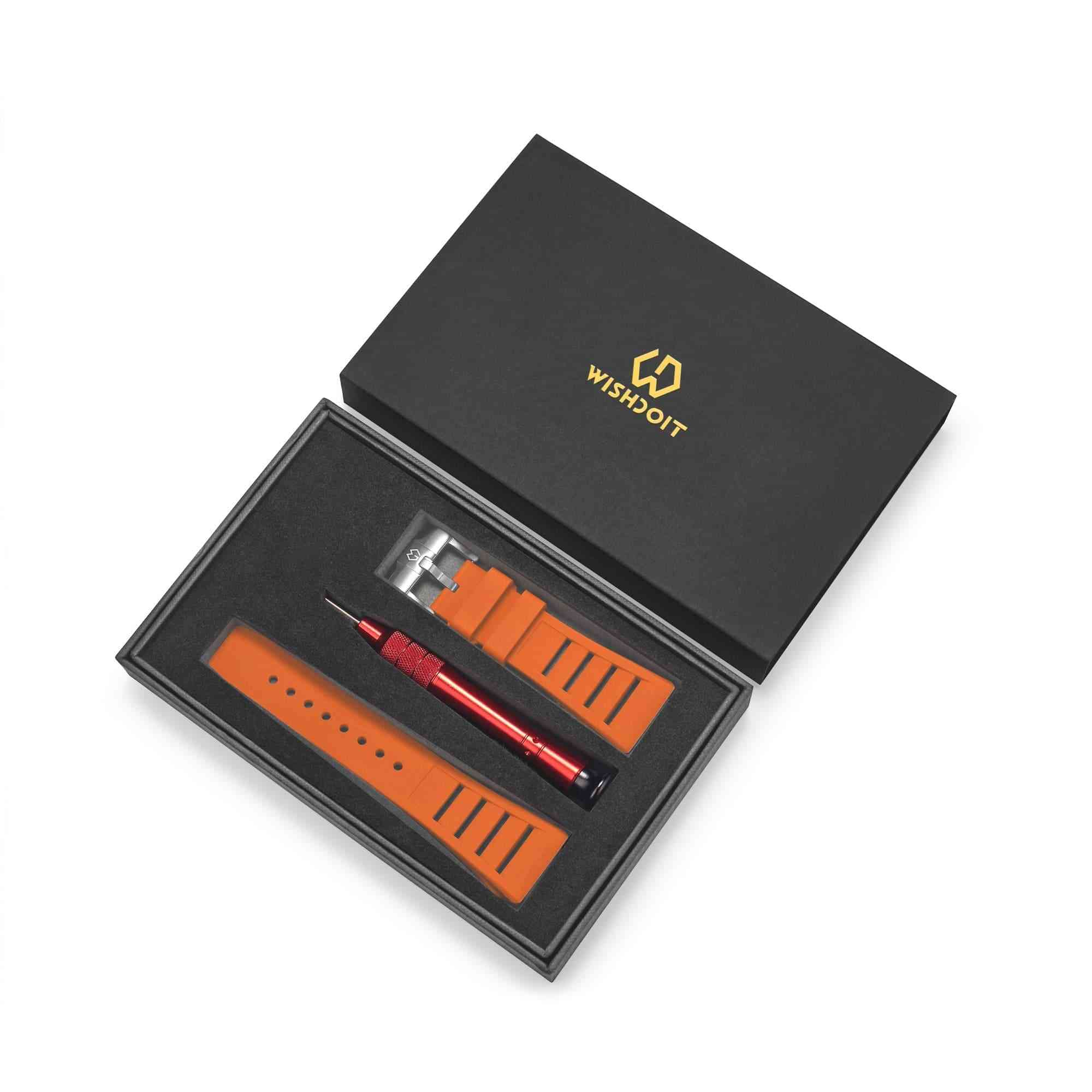Watch knowledge
How do you choose a classic watch?
On the off chance that you've been hoping to turn into a watch wearer yourself, or as of now are, yet know practically nothing about the watch you tote around on your wrist, this article is for you. From gauging the upsides and downsides of various kinds of systems to offering dossiers on the different styles of men's watches, we'll spread the rudiments of all that you've for a long while been itching to think about picking and wearing this exemplary embellishment.
What are the main parts inside the watch movement?
There are five main operating parts inside the movement of the watch, such as Center Wheel, Third Wheel, Fourth Wheel, Pallet Fork, and Escape Wheel. They are all indispensable, and each is an important support point that enables the watch to function and travel properly. You know what they do, let's take a look at what they do inside the watch movement.
What is the point of Watch Hairspring?
how to make a watch?
, electroplating, numerical control, etc. Do you know what these steps are? Let me introduce them to you one by one.
What is Winding Stem?
Do you know the sound of the movement moving
Why do watches have jewelry in them?
Do you know the Gear Train?
How do mechanical watches store energy?
Mechanical watches are powered by a coiled spring known as a mainspring. As this spring uncoils, the amount of time that the watch can run diminishes. This remaining amount of time is referred to as the power reserve, winding indication, or up/down indication. An indication turning through an angle or a linear indicator appears on the dial to display the power reserve, similar to a car’s fuel gauge.
What is Winding Stem?
Do you know the Dual Time?
Watch Knowledge
Difference Between Quartz, Mechanical and Automatic Watches
While most watch buys depend exclusively on the outside, a man who has an eye for detail will value the instrument within a watch.
Affordable Round Watches: Top Picks Under $200
Who invented the round mechanical watch?
When you glance at your wrist and see that classic round dial, you’ll know that you’re wearing a piece of history, one that has evolved over centuries to become the epitome of style and precision.
So, who invented the round mechanical watch? While no single person can claim that title, it was watchmakers like Breguet who perfected and popularized it, ensuring that this timeless design would remain a staple of horology for generations to come.
Sports&Watches
Goodwood Revival 2024 - Watches, Cars And Old-World Glamour
Who invented mecaquartz watch?
In the captivating world of horology, the mecaquartz movement stands out as a brilliant fusion of tradition and modernity, capturing the hearts of watch enthusiasts globally. This ingenious technology combines the precision of quartz with the mechanical charm of traditional chronographs, offering the best of both worlds. Jaeger-LeCoultre, with their pioneering Caliber 630 in 1987, and Seiko, with their robust Caliber 7A28, are the masterminds behind this hybrid innovation. Their inventive spirit pushed the boundaries of watchmaking during a time when the Swiss industry was rebounding from the quartz crisis.
Today, mecaquartz watches are celebrated for their unique blend of quartz accuracy and mechanical sophistication. Brands like Breitling, TAG Heuer, and even fashion watchmakers have embraced this technology, making it accessible to a wider audience. At Wishdoit, we honor this remarkable horological marvel, reflecting the artistry and ingenuity that define the world of luxury watches. Explore our collection and experience the captivating charm of mecaquartz timepieces.




